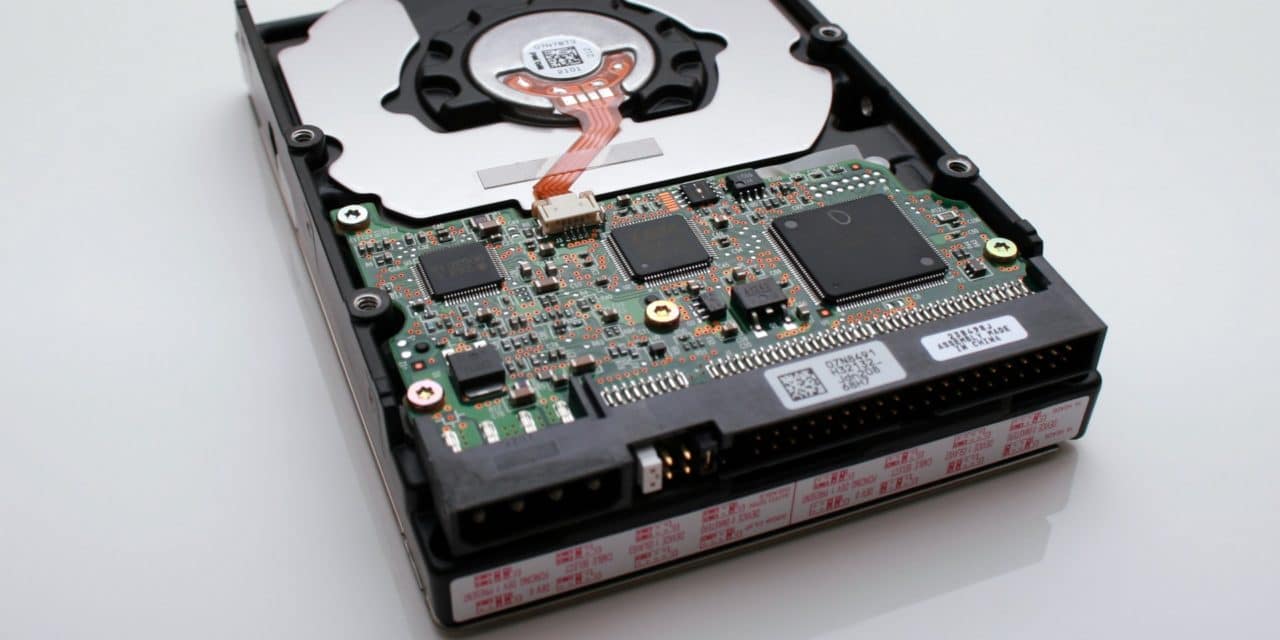[ad_1]
While Windows Vista continues to frustrate some users, driver support and software compatibility is steadily improving and many users are starting to warm to at least some of its new features. There is no escaping the fact that Vista is slower than XP for many tasks though, The users who continue to be most disappointed with Vista are the high-end gamers, who have invested heavily in their gaming PC only to be faced with degraded performance and poor driver support under the new operating system. If we are looking for reasons why games run slower in Vista than XP, then looking into DirectX 10 and Vistas OpenGL support would be the sensible place to start. However, speculation has been rife on the internet as to what are the causes of poorer performance in Vista.
Jeff Atwood, in a recent article on his “coding horror” blog, pointed the finger squarely at Vistas improved security measures, namely User Account Control and Windows Defender. “There's no such thing as a free lunch” Jeff said and of course this is true, everything you run on your PC will consume at least some RAM and processor time, but how big an effect does Vista's new security measures have on performance? In order to investigate I decided to collect some benchmarks using various games under Vista, to determine the extent of slowdown that is caused by Vistas new security measures. Games are some of the most demanding applications your average end user wants to run and so make good candidates for testing performance.
The test O.S:-
Microsoft Windows Vista Ultimate, fully patched up until April 9th. Background disk de-fragmenting was disabled, but everything else was left as-is with a fresh install of the operating system. Most of the hardware drivers came directly from Microsoft, either as part of the Vista install or from Windows update. The exception to this being Nvidia's now somewhat infamous video drivers, version 100.65 of the Forceware drivers for Vista were downloaded from Nvidia's website and installed.
The test machine:-
The test machine was a mid to high end gaming rig, with the following specs:
Motherboard: Gigabyte Gigabyte GA-K8NF-9
Processor: AMD Athlon X2 4800 Dual Core Socket 939
RAM: 2GB DDR
Graphics: BFG NVidia Gforce 7900 GTX 512mb
Sound: Sound Blaster Audigy 2ZS
Hard Drive: Western Digital Raptor SATA
The games:-
It was the intention to also collect benchmarks from 3DMark 2006 and Battlefield 2142, however it was not possible to consistently run these applications under Vista at the time of writing without experiencing frequent crashes. In the end, three games with different underlying engines were chosen, the games were:-
Unreal Tournament 2004
Far Cry
Prey
Test software:-
The benchmarking programs used in these tests are freely available over the internet.
UMark, which was used to benchmark Unreal Tournament 2004, can be obtained here.
Hardware OC Far Cry Benchmark, which was used to benchmark Far Cry, and Hardware OC Prey Benchmark, which was used to benchmark Prey, can be obtained from hocbench.com.
Each game was run for 10 passes (15 for Far Cry, as the benchmark program did not offer 10 runs) and the final score was an average of each of the runs. The runs were done once with UAC and Defender turned off, once with UAC only and once with Windows Defender only.
The results:-
Unreal Tournament 2004 V3369 – Umark V 2.0.0 – Umark-DM Demo.4 (Deck 17 Deathmatch) – 1280×1024 – High Image Quality
UAC/Win Defender off: 102.64
UAC On: 102.52
Win Defender On: 102.65
Identical except for the tiniest fraction, the result with Windows Defender enabled actually clocking up a fraction higher. Fairly convincing proof that Windows defender has no effect on UT2004's performance. Unreal Tournament is an OpenGL based game and OpenGL is known to be somewhat slower in Vista. This would explain performance differences between XP and Vista when running OpenGL games.
Far Cry V1.4 – Hardware OC Far Cry Benchmark V1.5 – PC Games Hardware Demo – 1280×1024 – Ultra details, Default Shader, Direct 3D Renderer, No HDR.
UAC/Win Defender off: 71.12
UAC On: 71.8
Win Defender On: 70.94
Again, the difference is barely noticeable, turning Windows defender off did make Far Cry 1.21% quicker, not exactly likely to make the game play experience any better.
Prey V1.3 – Hardware OC Prey Benchmark V1.0 – Guru3D demo – 1280×1024 – Shader detail Highest – Filtering None, AA None, Boost Graphics OFF.
UAC/Win Defender off: 110.51
UAC On: 108.77
Win Defender On: 110.49
Windows Defender once again makes no difference, however turning UAC off made prey run 1.6% quicker. Again, not a performance boost that is likely to be noticeable when actually playing the game.
Conclusions:-
It would appear that neither Windows Defender nor UAC has any significant effect on gaming performance. However, there are some points to keep in mind when considering this data. Firstly, these tests do not take into consideration disk I/O times, which could be adversely affected by real-time file scanners such as Windows Defender. Naturally this could affect the time a game or level takes to load, as well as placing some extra strain on the CPU. Secondly, these benchmarks were collected on a dual-core system. According to the benchmarks on this site, Far Cry takes virtually no advantage of a dual core processor, with Prey speeding up around 17% when run on a dual core. If the games are under using one of the available cores, this theoretically leaves a lot of processing time free on the other core to take care of background tasks such as UAC or Windows Defender.
Once driver support improves and newer games start taking advantage of dual core processors, it would be prudent to run tests like these again. For the present crop of games however, there seems to be little if any point in disabling Vista security measures to try to improve performance.
[ad_2]
Source by Matthew Buxton

